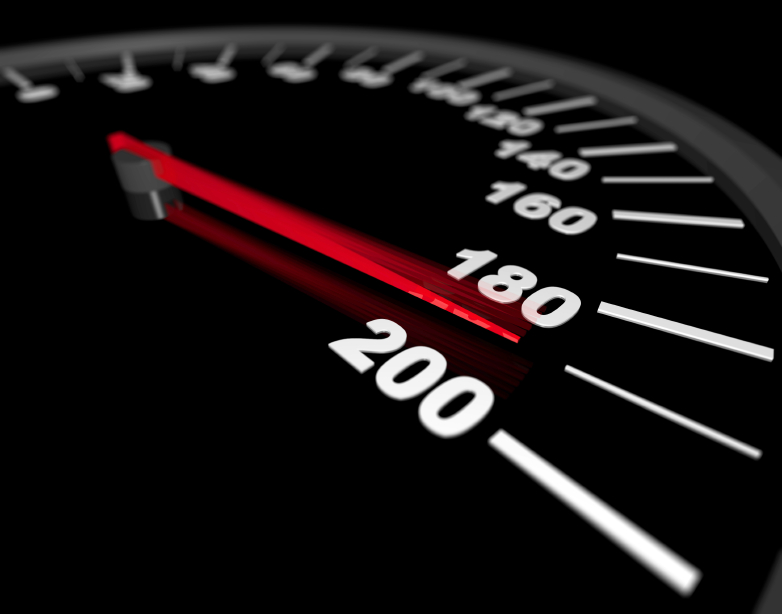
We meet with many ClearCase users who struggle with low performance. The problem is not always with ClearCase of course. It can stem from other reasons related to the server, networking, client stations, etc. The trick is to find the bottlenecks and know how to deal with them.
This article focuses on the performance experience from the perspective of end-users, including software managers and software engineers.
How do we deal with the performance challenge – and how it can it help you?
Two of our applications, R&D Reporter and Visual Annotate, which produce reports based on the information we retrieve from ClearCase, also make smart calls to ClearCase. These calls are cost-effective ways to quickly retrieve the necessary information. Recently we were able to reduce the call rate to ClearCase by more than 50 %, so that running a typical R&D Reporter’s query now takes only a 90 seconds instead of three and a half minutes. This is a significant improvement!
Our tools also build cache or utilize existing ClearCase cache whenever possible, in order to avoid repeated calls from the hard-disk or from ClearCase database. We’re working closely with the ClearCase performance team to apply the most efficient ways to improve performance.
Take for example our Visual Annotate, presenting information for all lines of code (such as who checked it in, on which version, when, why etc.).
This tool can store information already retrieved from within ClearCase database and quickly re-access it (directly from the RAM), preventing costly calls to ClearCase database.
Recently we released the “Rich Report” as part of our R&D Reporter. One of the “rich” advantages is related to performance issue:
 This is a special format that we developed. Users can export rich status reports, just like they export reports CSV, Excel, PDF or HTML formats (which we support as well). Uniquely, this format contains all of the necessary information, so users can open it and get all the material immediately, without needing to wait until all the information is retrieved from the ClearCase database. This can save up to 15 minutes per query!
This is a special format that we developed. Users can export rich status reports, just like they export reports CSV, Excel, PDF or HTML formats (which we support as well). Uniquely, this format contains all of the necessary information, so users can open it and get all the material immediately, without needing to wait until all the information is retrieved from the ClearCase database. This can save up to 15 minutes per query!
For example:
User can schedule the query that generates a two baselines comparison report for a specific time or to be triggered immediately after a new baselines is created, and then export the report into this rich format. The report can be emailed or saved to a folder on the computer, allowing quick, easy access for the user. Moreover, the report produced is a rich report, meaning users can click on the files and activities inside and get many options to run actions via the context menu, such as ClearCase Version Tree, Visual Annotate, diff, ClearCase history and more. We have found that this format is popular with team leaders and development managers.
Would you like to try to compare speed and see how fast our product is? If you have a script you wrote for use within your organization, try to compare them both. Let us know which one is faster!
Conclusion
Improving the performance of ClearCase performance is very challenging, and it is not always possible to improve it significantly. In this article we have suggested a unique approach for coping with this challenge.
We also provide professional services to measure performance and identify the bottlenecks and the best practices for resolving these bottlenecks. Contact our services team at services@almtoolbox.com
What’s Next?
Next year we will provide an extension to our ClearCheck, our health checks solution for ClearCase. This extension will monitor performance and further help pinpoint bottlenecks and root causes in a straightforward, visual way. You can register for a beta release by contacting beta@almtoolbox.com
Related links:
- Register our newsletter and get Rational toolsets’ tips and tricks
- Download R&D Reporter and Visual Annotate for ClearCase UCM
- Download Visual Annotate for ClearCase Base and UCM
- Register to a beta version of R&D Reporter for Base ClearCase: contact beta@almtoolbox.com




